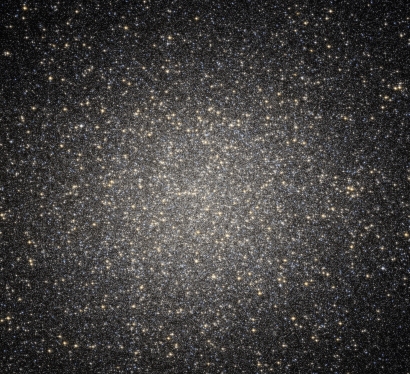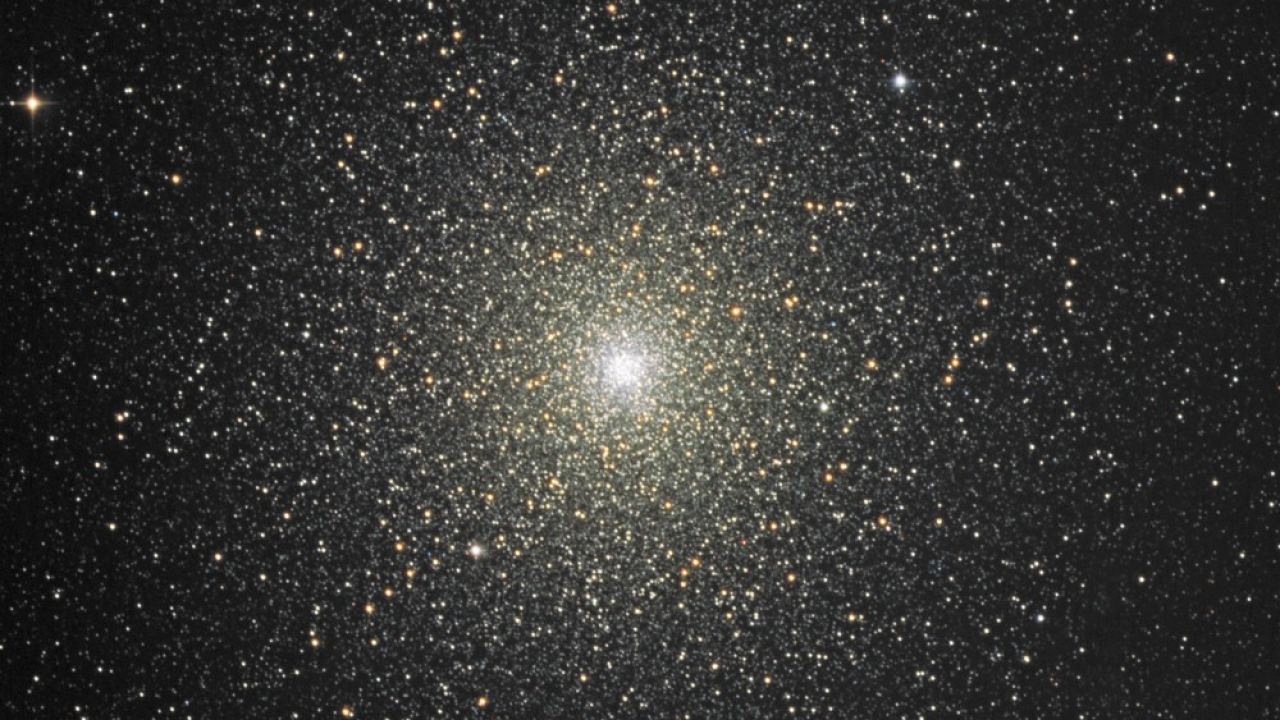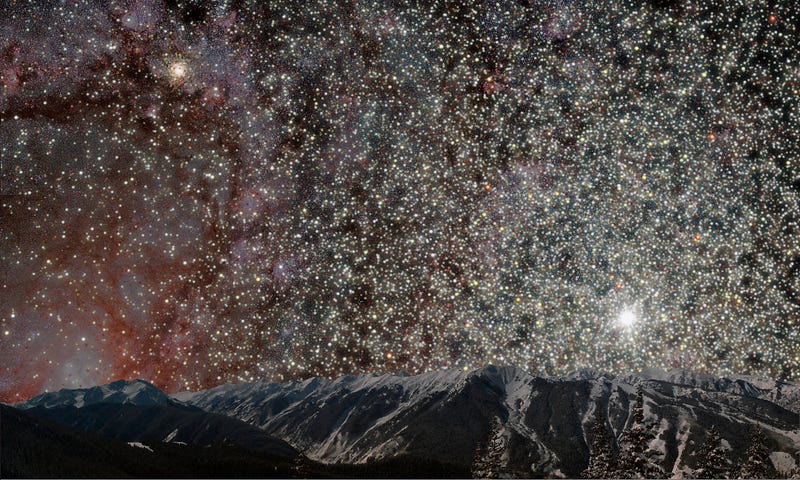MarkBour wrote: ↑Sat Aug 24, 2019 5:18 am
Looks like one APOD has used before. Which is fine, it's so beautiful.
Anyone want to wager on whether there's a black hole in the middle of it?
My guess, for what it's worth, is that there just may be a small black hole somewhere inside it, with a mass of perhaps ten solar masses.
But I've always thought that Omega Centauri looks "fluffy". The stars don't seem to get more densely packed towards the center.
It has been said that Omega Centauri may be the remnant of the core of a dwarf galaxy that has been absorbed by the Milky Way. If that is the case, then Omega Centauri doesn't necessarily contain an (at least intermediate-mass) central black hole, because dwarf galaxies don't always do that. Other globulars may be the remnants of tremendous bursts of star formation which gave birth to huge numbers of massive stars in close proximity, and such massive and dense clusters may more easily form black holes. Or at least that seems more reasonable to my amateur mind.
Wikipedia wrote that a 2008 study suggested that Omega Centauri does contain a central intermediate-mass black hole, but:
However, more recent work has challenged these conclusions, in particular disputing the proposed location of the cluster center.[26] [27] Calculations using a revised location for the center found that the velocity of core stars does not vary with distance, as would be expected if an intermediate-mass black hole were present. The same studies also found that starlight does not increase toward the center but instead remains relatively constant. The authors noted that their results do not entirely rule out the black hole proposed by Noyola and colleagues, but they do not confirm it, and they limit its maximum mass to 1.2 x 104 solar masses.
To me, centrally concentrated globular 47 Tucanae looks like a more promising intermediate black hole candidate. However, according to Wikipedia, no solid evidence for such a black hole in 47 Tuc has been found.
Wikipedia wrote:
It is not yet clear whether 47 Tucanae hosts a central black hole. Hubble Space Telescope data constrain the mass of any possible black hole at the cluster's center to be less than approximately 1,500 solar masses.[8] However, in February, 2017, astronomers announced that a black hole of some 2,200 solar masses may be located in the cluster; the researchers detected the black hole's signature from the motions and distributions of pulsars in the cluster.[10] However, a recent analysis of an updated and more extensive timing data set on these pulsars provides no solid evidence in favor of the existence of a black hole.
Fluffy globular Omega Centauri.
NASA, ESA and the Hubble Heritage Team
Centrally concentrated globular 47 Tucanae.
Photo: Don Goldman.
 Millions of Stars in Omega Centauri
Millions of Stars in Omega Centauri



